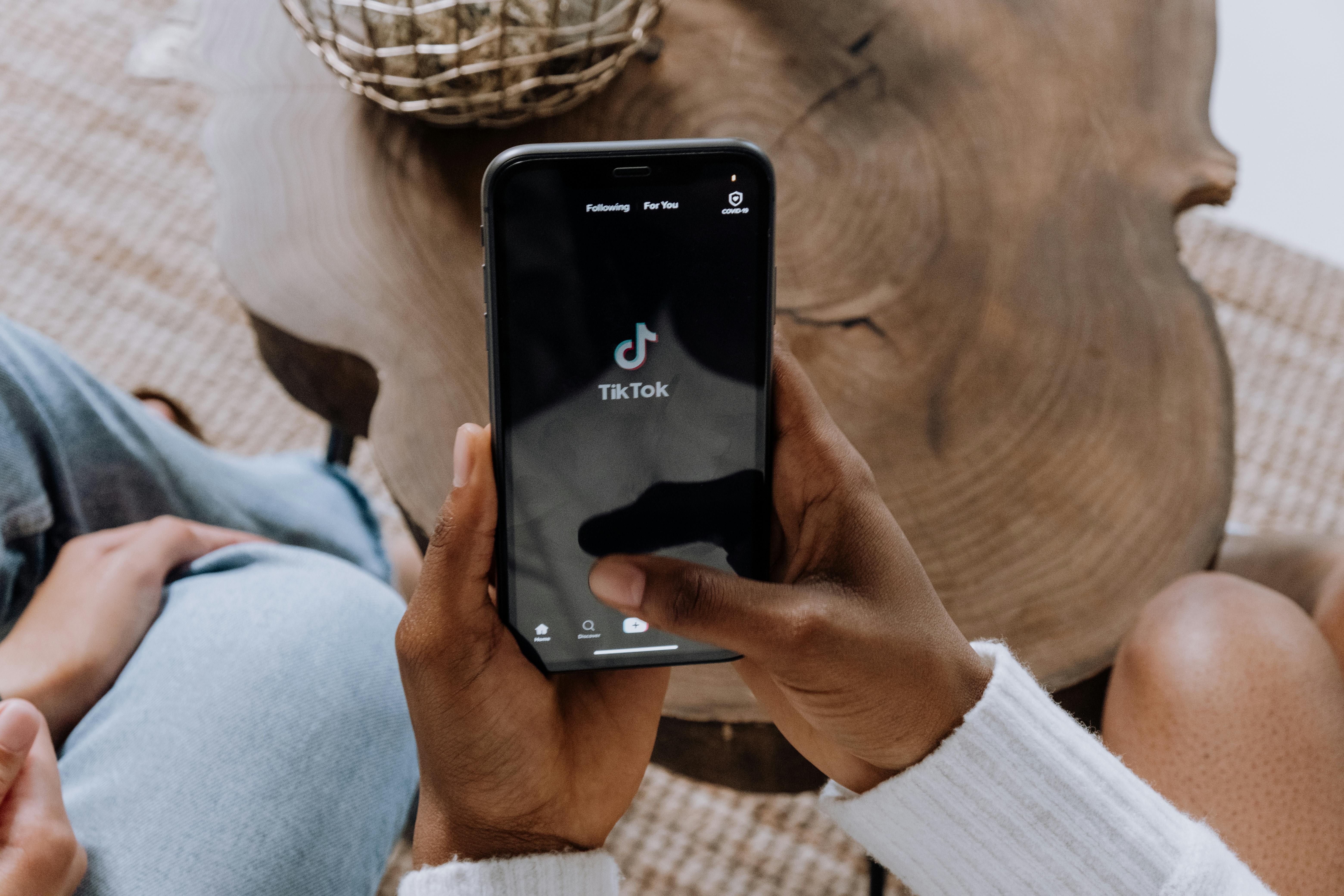Decoding the Language of TikTok: A Sociological Perspective
Every once in a while, a cultural phenomenon leaps forth from the digital realm to shape our perceptions, behaviors, and interactions. TikTok, the video-sharing social media platform, is one such phenomenon. With its unique language and impact on modern society, TikTok deserves a thorough sociological exploration. Read below to delve deeply into this compelling topic.

TikTok: A Brief Historical Overview
Although TikTok’s explosion in popularity seems recent, its roots can be traced back to 2014 with the launch of Musical.ly, a lip-syncing app that developed a solid user base among teenagers. In 2016, ByteDance, a Chinese tech company, introduced Douyin, a similar platform for the Chinese market. These two platforms eventually merged under the global brand name TikTok in 2018, leading to the seamless blend of music, creativity, and social interaction we know today.
The Role of TikTok in Contemporary Society
TikTok has carved a unique place in contemporary society due to its distinctive features and appeal. It has democratized content creation, allowing anyone with a smartphone to create and share videos. Its algorithm, which tailors content to user preferences, has revolutionized the way we consume media. Moreover, it has forged a new language of communication – a blend of music, visuals, and text that transcends traditional linguistic barriers.
The Societal Impact of TikTok Trends
TikTok trends have a far-reaching impact, shaping everything from fashion and music to political discourse and activism. For instance, the #BlackLivesMatter movement gained significant momentum on TikTok, demonstrating the platform’s power in mobilizing social change. Similarly, the #SeaShanty trend revived a centuries-old musical genre, underscoring TikTok’s influence on culture.
The Research-Backed Influence of TikTok
Research supports the sociological implications of TikTok. Studies suggest that TikTok’s short video format caters to declining attention spans, while its algorithm intensifies the echo chamber effect, potentially influencing users’ perspectives and behaviors. Additionally, researchers have highlighted TikTok’s role in fostering creativity and self-expression, particularly among younger users.
Navigating the TikTok Phenomenon: A Balanced Perspective
While TikTok offers numerous opportunities for creativity and connection, it also presents challenges. Issues such as online safety, mental health, and the digital divide require careful consideration. Furthermore, the platform’s influence on societal trends and behaviors necessitates ongoing sociological study. As we navigate this evolving digital landscape, it is crucial to balance the benefits of TikTok with an awareness of its potential impacts.
In conclusion, TikTok is more than a social media platform. It is a cultural phenomenon shaping our society in profound ways. As we continue to decode its language and influence, we must remain vigilant, ensuring that this powerful tool is used responsibly and for the betterment of society.




